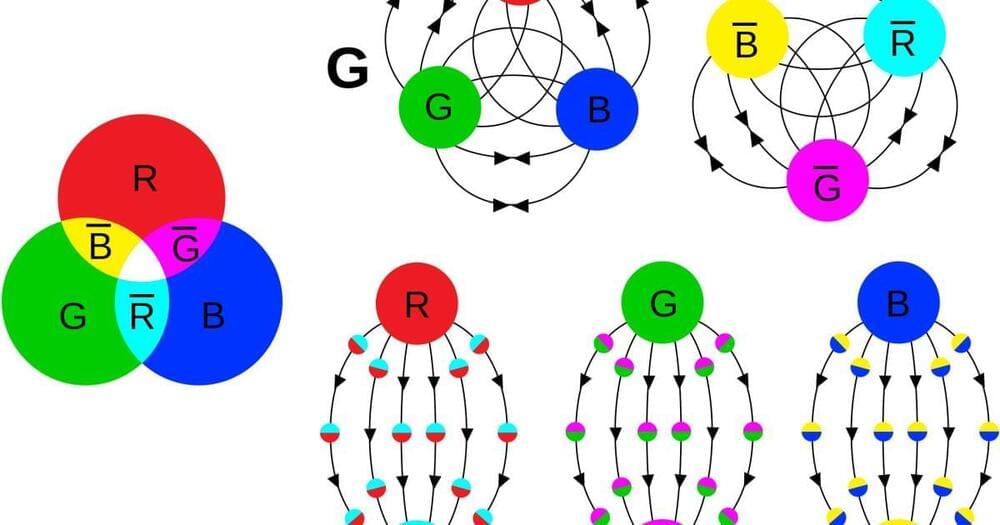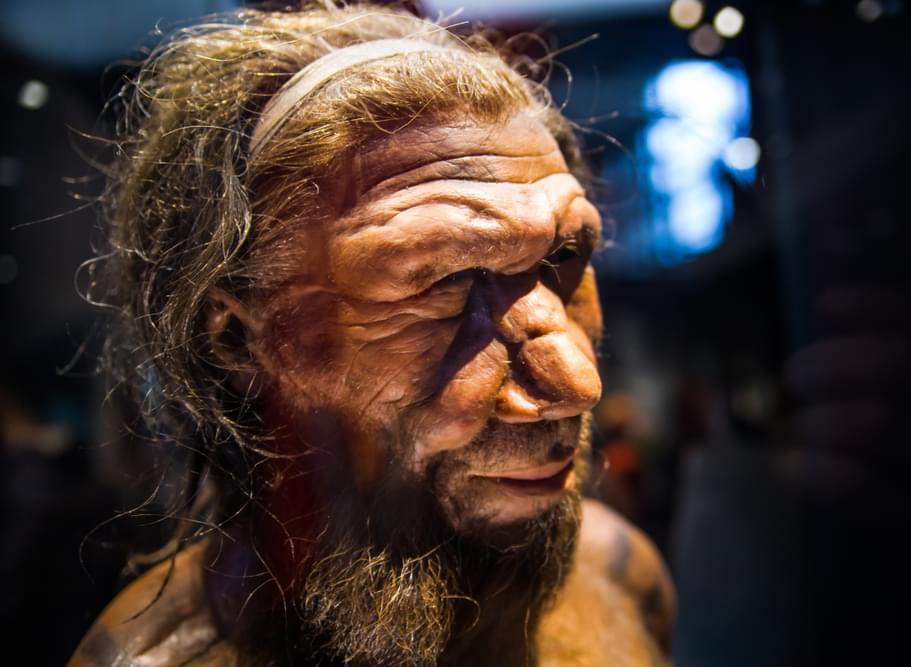The British Museum shared in a recent presentation that archaeologists have discovered the remnants of a 4,500-year-old Sumerian temple in Iraq. It is a temple dedicated to Ningirsu, the Mesopotamian deity of springtime thunder.
The finding is the outcome of the 2015 archaeological partnership led by the British Museum and supported by the Getty Museum called the Girsu Project.





